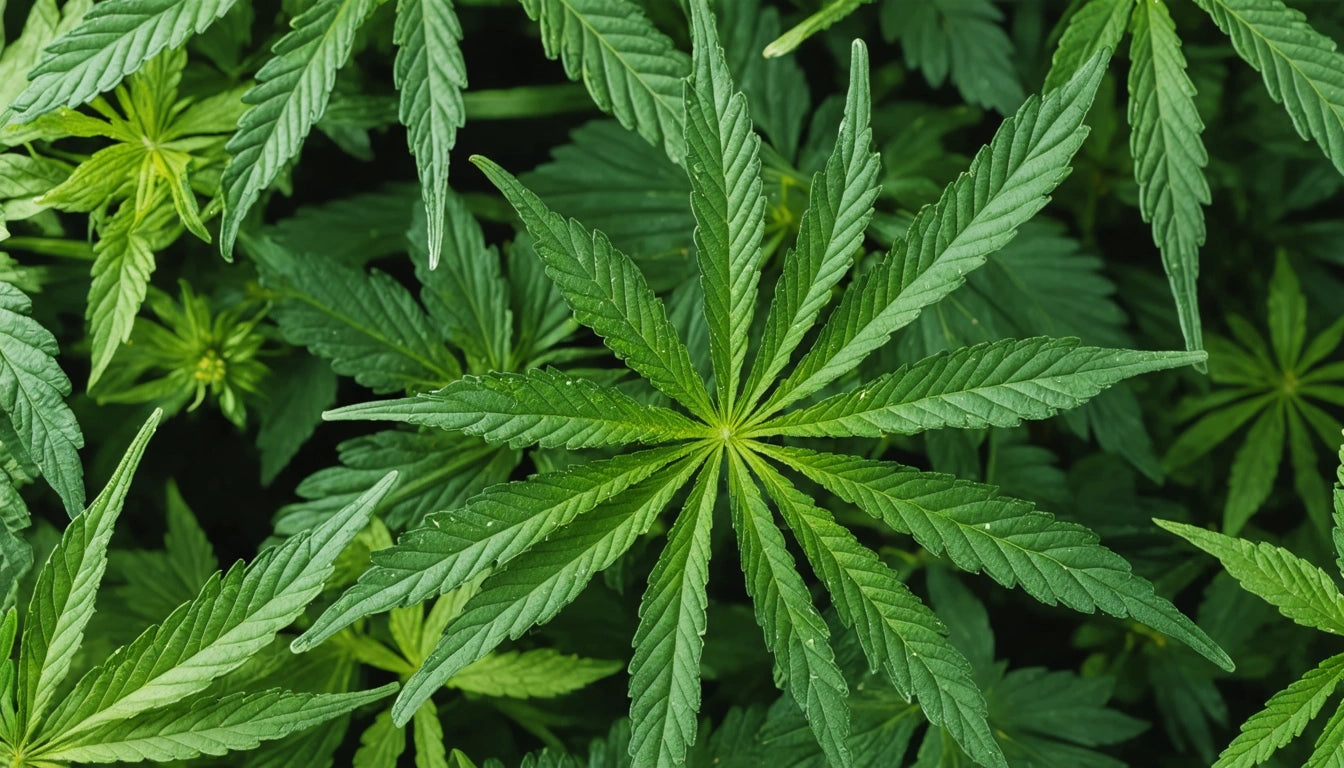Table of Contents
- What is Medical Weed: Definition and Composition
- What is Medical Weed Used to Treat: Qualifying Conditions
- How is Medical Weed Used: Administration Methods
- Benefits of Medical Weed: Scientific Evidence
- Why is Medical Weed So Expensive: Cost Factors
- Why People Choose Medical Cannabis: Patient Motivations
Understanding Medical Weed: Uses, Benefits, and Costs
Medical weed, also known as medical marijuana or medical cannabis, refers to using the cannabis plant or its extracts to treat symptoms of illness and other conditions. Unlike recreational marijuana, medical weed is prescribed by healthcare providers for specific health conditions. This comprehensive guide explores what medical weed is used for, how it's administered, its benefits, and why patients choose this treatment option.
What is Medical Weed: Definition and Composition
Medical weed refers to using cannabis plants and their chemical components to treat diseases or conditions. The cannabis plant contains more than 100 different cannabinoids, with the two most well-known being:
- Tetrahydrocannabinol (THC): The psychoactive compound responsible for the "high" sensation
- Cannabidiol (CBD): A non-psychoactive compound with potential therapeutic effects
According to this resource on cannabis terminology and composition, medical marijuana products are specifically formulated with cannabinoid profiles designed to address particular symptoms or conditions while minimizing unwanted effects.
What is Medical Weed Used to Treat: Qualifying Conditions
Medical weed is prescribed for numerous conditions, though qualifying conditions vary by state. Common conditions that may qualify for medical marijuana treatment include:
- Chronic pain
- Multiple sclerosis
- Epilepsy and seizure disorders
- Cancer (particularly for managing chemotherapy side effects)
- HIV/AIDS
- Glaucoma
- Post-traumatic stress disorder (PTSD)
- Inflammatory bowel diseases
- Parkinson's disease
- Alzheimer's disease
For a comprehensive list of qualifying conditions by state, this guide on qualifying conditions provides detailed information about eligibility requirements across different jurisdictions.
How is Medical Weed Used: Administration Methods
How medical weed is used varies based on patient needs, condition being treated, and product availability. Common administration methods include:
Inhalation
Smoking and vaporizing provide rapid onset of effects, making them suitable for acute symptom relief. Many patients use pre-rolled cones and other specialized smoking products that offer consistent dosing and convenience compared to traditional rolling methods.
Oral Consumption
Edibles, tinctures, and capsules offer longer-lasting effects but slower onset. These methods provide discreet administration and precise dosing.
Topical Application
Creams, balms, and patches deliver localized relief without psychoactive effects, ideal for skin conditions or localized pain.
Sublingual Administration
Oils and tinctures placed under the tongue provide faster absorption than edibles but more discreet usage than smoking.
The effects of marijuana on the body and mind vary significantly depending on the administration method chosen.
Benefits of Medical Weed: Scientific Evidence
Research into the benefits of medical weed continues to evolve. Current evidence suggests several potential therapeutic applications:
- Pain Management: Strong evidence supports cannabis efficacy for chronic pain
- Nausea and Vomiting: Particularly effective for chemotherapy-induced symptoms
- Muscle Spasticity: Shows promise for multiple sclerosis patients
- Mental Health: Emerging research on cannabis for depression and anxiety shows potential benefits for some patients
The therapeutic benefits of medical marijuana are attributed to how cannabinoids interact with the body's endocannabinoid system, which plays a role in regulating pain, mood, appetite, and memory.
Why is Medical Weed So Expensive: Cost Factors
Many patients wonder why medical weed is so expensive compared to recreational cannabis. Several factors contribute to the higher costs:
- Quality Control: Medical cannabis undergoes stricter testing for contaminants and potency
- Specialized Formulations: Medical products often feature precise cannabinoid ratios
- Healthcare Overhead: Doctor consultations and medical card fees add to total treatment costs
- Limited Competition: Fewer licensed medical producers in many states
- Taxation: While often lower than recreational cannabis taxes, medical marijuana still faces significant taxation in many regions
Understanding the differences between medical and recreational marijuana helps explain the price disparities between these markets.
Why People Choose Medical Cannabis: Patient Motivations
People seek medical weed for various reasons, including:
- Dissatisfaction with conventional treatments
- Desire to reduce pharmaceutical drug dependency
- Seeking treatments with fewer side effects
- Managing conditions that respond poorly to traditional therapies
- Legal protections offered by medical marijuana programs
To legally access medical cannabis, patients must typically obtain a recommendation from a qualified healthcare provider. Understanding which doctors can prescribe medical marijuana is essential for patients considering this treatment option.
The process of obtaining a medical marijuana license varies by location but generally involves a qualifying condition diagnosis, physician recommendation, and registration with the state program.
As research continues and more states implement medical cannabis legalization, access to this alternative treatment option continues to expand for patients seeking relief from various conditions.











Leave a comment
All comments are moderated before being published.
This site is protected by hCaptcha and the hCaptcha Privacy Policy and Terms of Service apply.